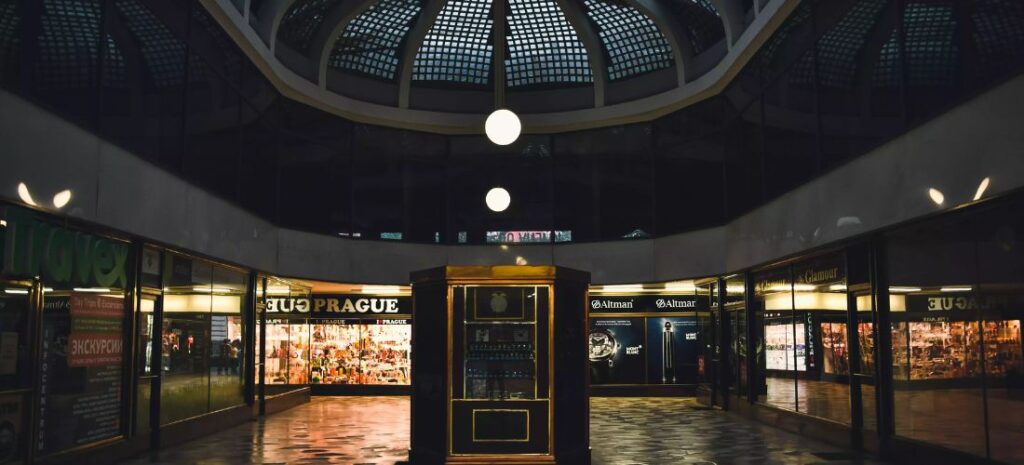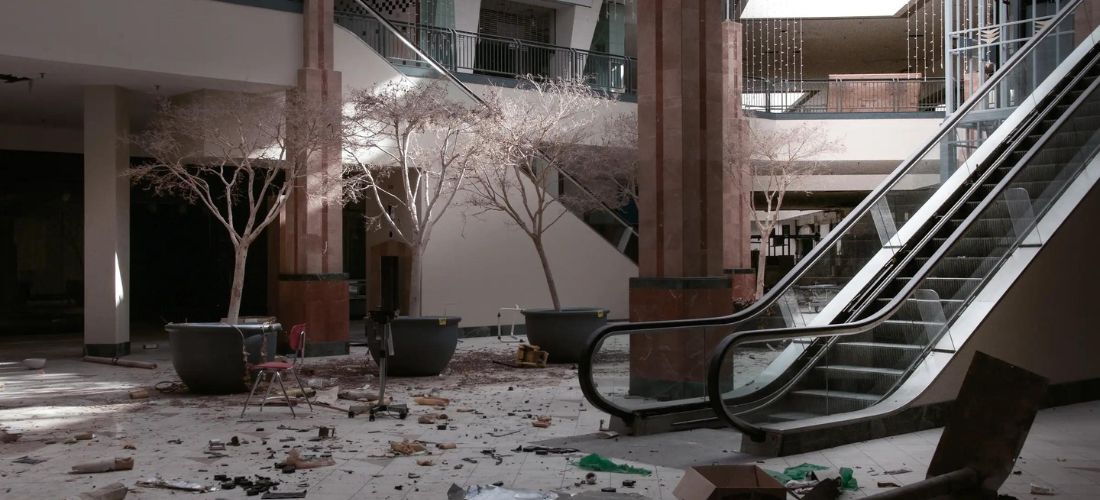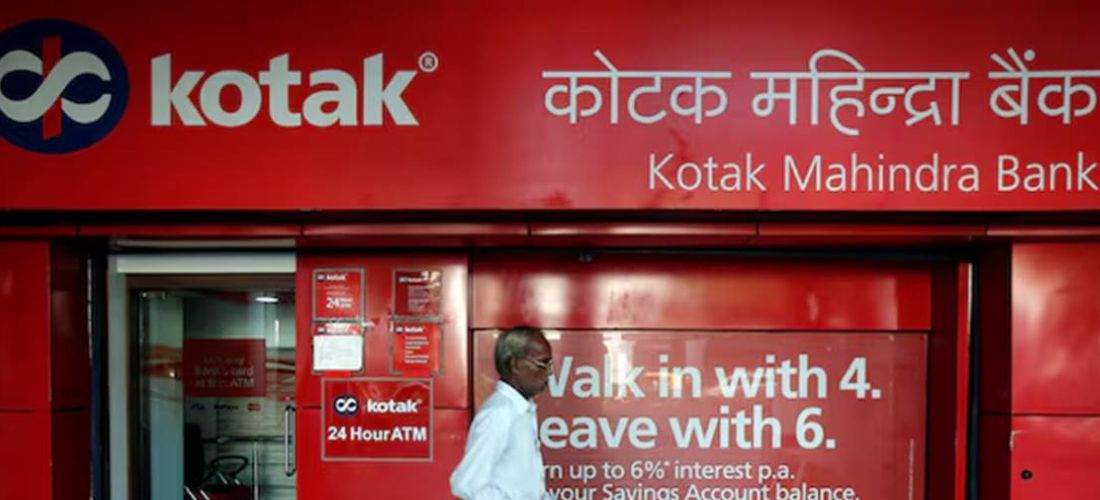Vacant shops and deserted corridors are becoming a common sight in Indian malls. A new report by Knight Frank India reveals a significant rise in “ghost malls” – shopping centers with high vacancy rates and low footfall.
In 2023, the retail space categorized as ghost malls surged by 59% to a staggering 13.3 million square feet. This translates to an estimated loss of value of ₹67 billion ($798 million) for the year.
NCR, Mumbai, Bengaluru Worst Hit
The National Capital Region (NCR) tops the list with the most ghost mall space (5.3 million sq ft), followed by Mumbai (2.1 million sq ft) and Bengaluru (2 million sq ft). Interestingly, Hyderabad bucked the trend with a 19% decrease in ghost mall space.
The rise of e-commerce and a preference for larger shopping centers are contributing factors. In tier 1 cities, despite the addition of new malls, 16 were shut down in 2023 due to poor performance.
Despite the challenges, the report forecasts a potential revenue of $14 billion for shopping centers across 29 Indian cities in 2024-25. This optimistic outlook highlights the continued importance of physical retail, albeit in a more evolved format.
What are Ghost Malls?
Have you ever visited a shopping mall with eerily silent hallways and empty storefronts? These are ghost malls – once bustling hubs now haunted by vacancy. Defined as shopping centers with over 40% empty retail space, ghost malls are a growing concern in India.
A ghost mall, also known as a dead mall or abandoned mall, is a shopping center that’s fallen on hard times. These malls typically have a high vacancy rate, meaning many of the stores are closed.
The main reasons for the rise of ghost malls in India
- Empty Storefronts
- Terrible Echoes
- Bad locations
- Creepy Atmosphere
- Rise of online shopping
- Vacancy rates are rising: More than 40% of shops become deserted
- Imagine a once-bustling mall with empty storefronts

What’s Behind the High-Grade Mall Rush?
High-end malls are succeeding due to two trends: the shift toward premium retail and a focus on creating a great shopping experience. As stores grow to offer more than just products, brands aim to entertain and engage customers. The malls themselves are expanding to accommodate this, with new developments averaging 41% larger than a year ago. Focus on experience is attracting investment, with major developers embarking on significant projects. The future looks bright for high-grade malls as they cater to the changing desires of consumers.
The Rise of the Shopping Mall
The post-war era coincided with the rise of suburbs and the automobile, as well as a boom in malls. They offered a one-stop shopping experience, convenient for families and social outings. Malls were often beautifully designed, containing anchor department stores, trendy clothing shops, and food courts. They became a cultural phenomenon, featured in movies, and even spawned their subculture (think teenagers hanging out at the mall).
Several factors have contributed to the decline of many malls:
- E-commerce: The rise of online shopping is a big hit. Consumers can now shop from the comfort of their homes with a wide selection and often at competitive prices.
- Changing consumer preferences: Shoppers today want more experiences than just goods. Malls that fail to provide entertainment, dining options, or a unique atmosphere are less attractive.
- Mall saturation: In some areas, there were too many malls, leading to oversaturation and competition.
The Future of Malls
- High-end vs. low-end: Struggling malls, especially smaller ones, may struggle. But successful malls, especially upscale malls, are adapting by offering experiences, hosting events, and including high-end stores.
- Revitalization: Some malls are being completely renovated. They may become mixed-use spaces with residential units, office spaces, or entertainment centers.
Also Read:
- WhatsApp Threatens to Leave India! Can They Keep Your Chats Secret?
- Health Risk from Samosa
- Why Your Bathroom Could Be a Cardiac Arrest Hotspot?
- Is Social Media Destroying the Spiritual Experience of Chardham Yatra?
- Heatflation is Burning a Hole in Your Wallet?
- Ditch Drinking Ice-Cold Water in Summer




